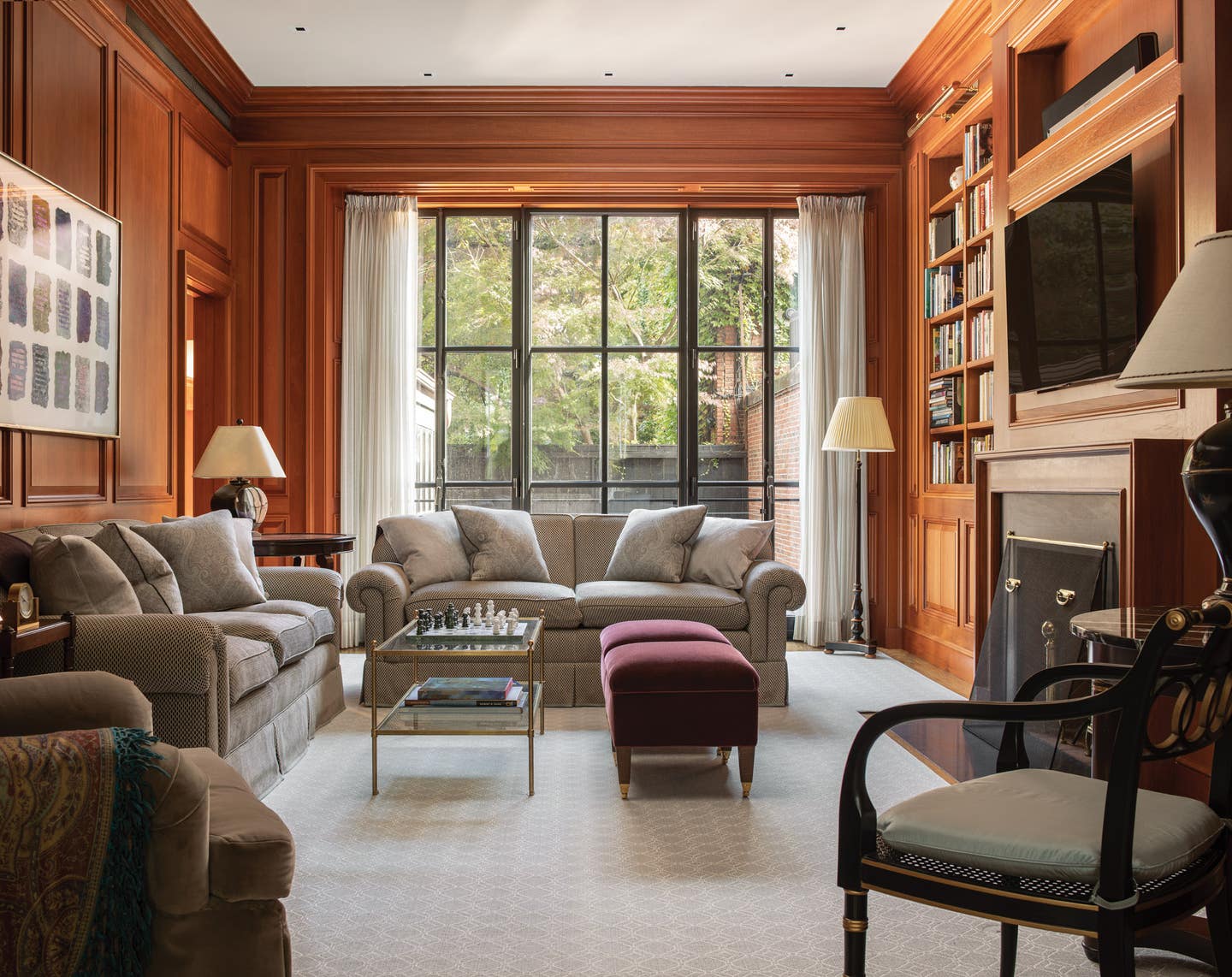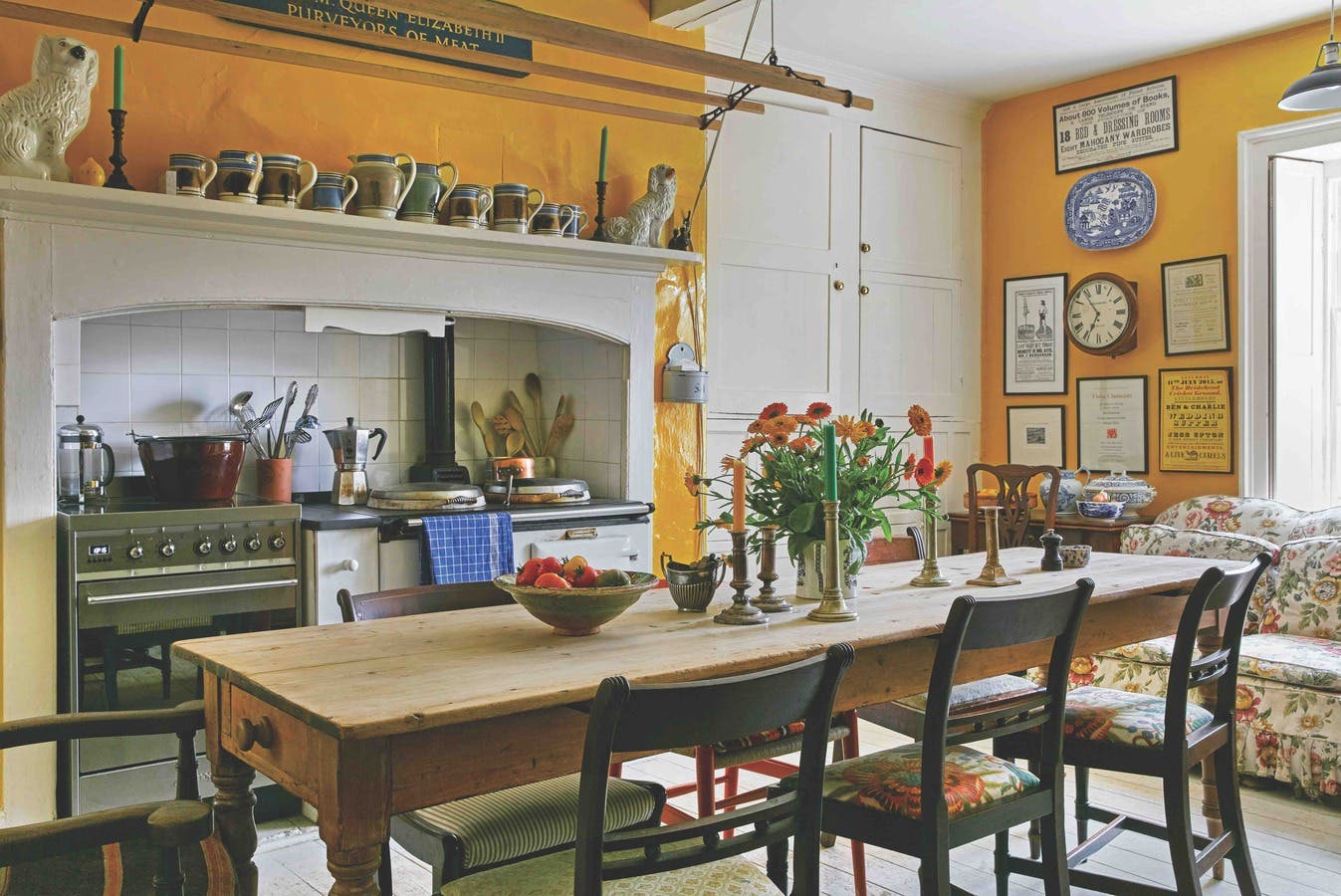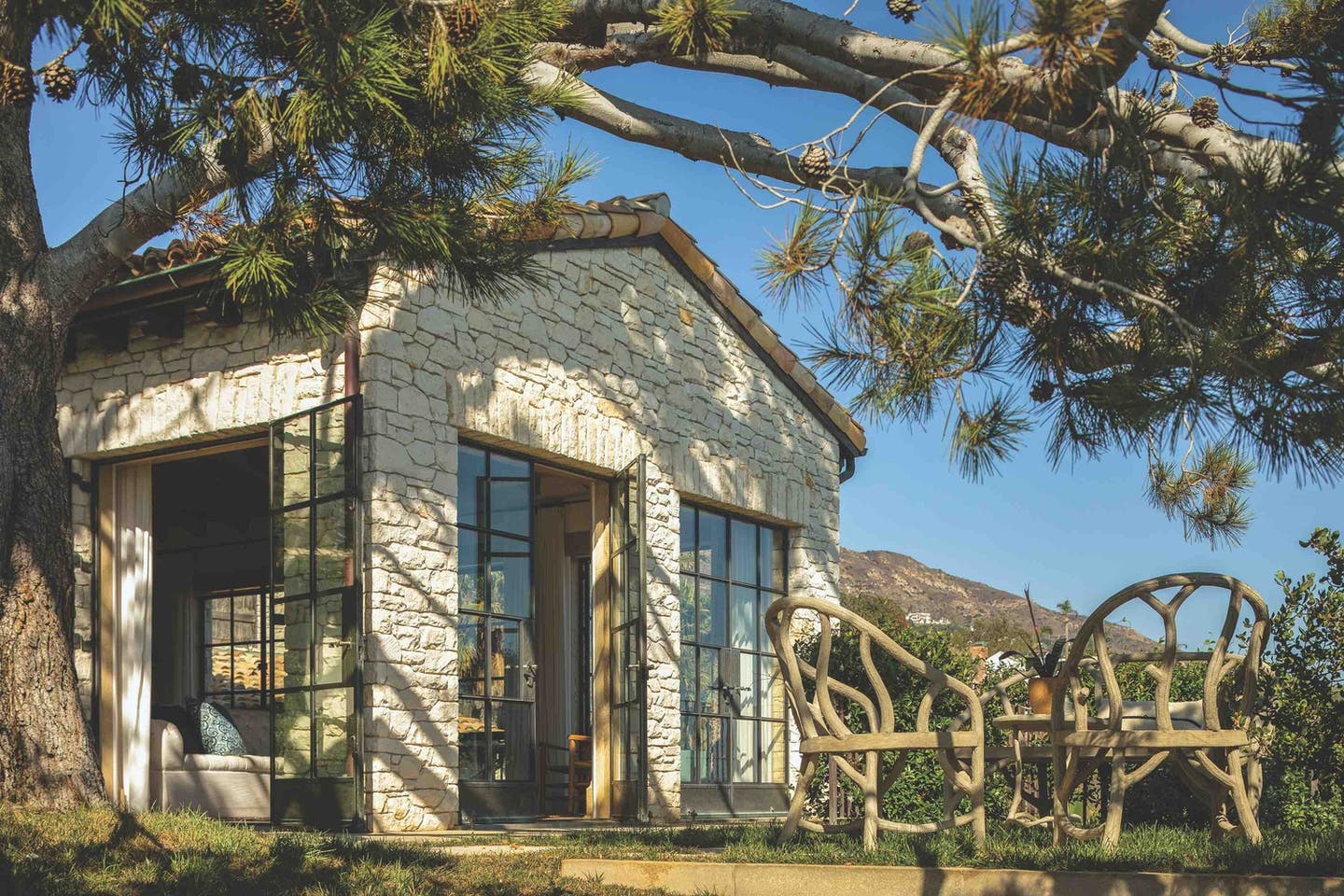
Restoration & Renovation
Beacon Hill Townhouse Renovation by Mellowes & Paladino
The townhouses in Boston’s historic Beacon Hill neighborhood that form the boundaries of its private, park-like Louisburg Square illustrate the evolution of architectural styles early in the 19th-century.
They were built in the 1830s and 1840s when the Federal style was evolving toward the architecture of the Victorian era.
Through the decades, as the Victorian homes came into vogue, some of them, including the one Mellowes & Paladino was commissioned to bring back to life, were updated.
For the architectural firm, the question became how far to take the townhouse back in time and how far to bring it forward to create a comfortable and contemporary place for its new owners to live.
“We wanted to respect the past while bringing it back to life,” says Jim Mellowes, a founder and partner in the firm, based in the Greater-Boston area. “The house needed a lot of work—not many of the original interior details existed.”
Beacon Hill Architectural Commission, which governs external architectural changes to the public-facing facades of the townhouses, set the design tone by concluding that the Victorian two-over-two windows and doors of the Federal townhouse should be restored or replicated.
Mellowes & Paladino had more leeway with the interior spaces. “We kept the order of the house, the experience, the progression of rooms, and reinforced and strengthened it,” Mellowes says. “We also created a context and background that set a personality; restraint is a big part of it.”
The five-story, 6,000-square-foot three-window bay townhouse, which had been altered and re-altered as the decades progressed, was extensively renovated, and 21st-century amenities, including a discreetly placed elevator and an easy-to-access rooftop deck, were added.
“The owners also wanted a usable basement and new mechanicals, and this required some minor excavation work,” Mellowes says. “But we didn’t do anything radical.”
The relatively minor changes that the team decided to do made a big difference to the appearance of the home, and the project won a 2021 Bulfinch Award from the Institute of Classical Architecture & Art New England.
The alterations begin in the entry, where the interior vestibule door was fitted with larger panes of glass and tiny black and white marble floor tiles in an intricate basketweave pattern, an appropriate design for the style of the house, were added.
It serves as an introduction to the new sweeping central staircase, which is in the same style as the original, which could not be salvaged.
The townhouse’s fireplaces, which were unsafe to use, were replaced and reconfigured with period-style ones that burn wood and gas, meet current safety codes, and feature wooden period-style mantels.
The owners, who occasionally entertain large groups during charity fundraisers, requested a large kitchen. This was accomplished by taking space from the adjoining dining room and butler’s pantry and opening up the area.
The sense of spaciousness is enhanced by a wall of two-over-two steel windows and French doors that lead to the interior courtyard beyond the kitchen’s breakfast nook.
An identical window/door treatment on the floor space directly above, along with a wrought-iron balcony, opens up the library, which Mellowes & Paladino paneled in mahogany to bring it back in time.
The ell portion of the townhouse, which overlooks the back courtyard and originally served as a servant’s wing, was also encased in a bay of the same style of steel windows, creating a morning room and utility spaces on the first floor and a catering kitchen and study on the second.
“These rooms are very narrow—they are only about eight and half feet wide—but we were able to add 12 inches of width at the flat bay window, which gives a feeling of space,” Mellowes says. “We made the proportions of these spaces sympathetic to the existing windows and used the same two-over-two style as is on the front of the house and outside the kitchen and library.”
He adds that these back-façade architectural elements create “a visual space that you look out at from the inside.”
In the most formal public space of the townhouse, the living room, the third window of the bow was converted into an alcove, defined by pilasters, for the grand piano.
To accommodate the clients’ request for a spacious primary-suite bathroom that remains appropriate to the architecture of the townhouse, space was carved out from another room.
Susan Reddick, whose eponymous design firm is based in Cambridge, Massachusetts, brightened what Mellowes describes as a “dark and Victorian interior,” filling it with light colors, soft furnishings, and textural accents.
“Susan and I were very much on the same page in terms of restraint while still bringing the house back to life,” he says.
The biggest challenge of the project, Mellowes says, was adding all the amenities the owners wanted in such a constrained space whose dimensions could not be altered while still keeping the feel of the original townhouse.
He’s pleased to note that it works wonderfully. “The owners use every single room of the house to the fullest extent,” he says. “They have a large family and children and grandchildren visiting all the time. But even when they are alone, they use all the floors.”
Key suppliers
Architect: Mellowes & Paladino
Interior Design: Susan Reddick Design
General Contractor: Sea-Dar Construction
Landscape Architect: Sudbury Design Group
Steel Windows: Hope’s Windows








